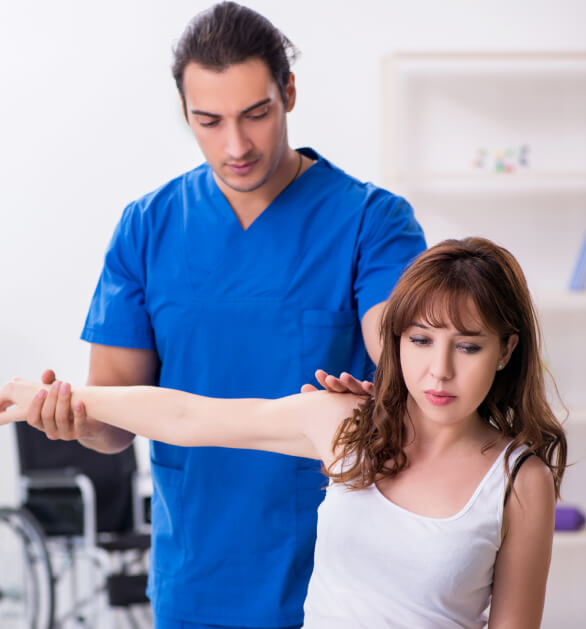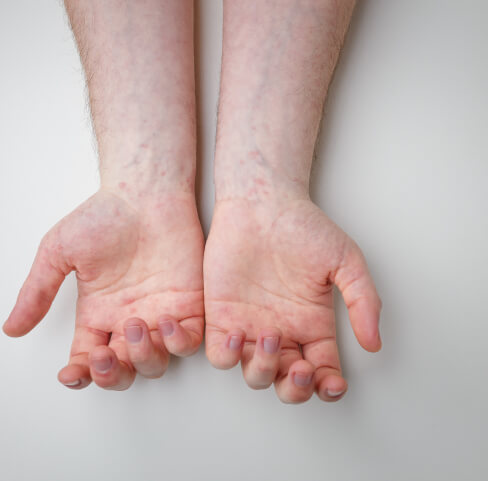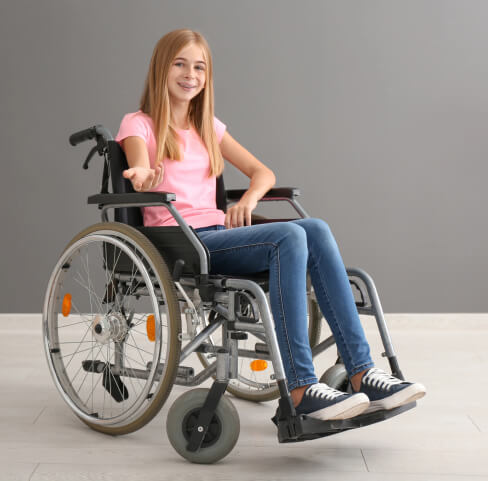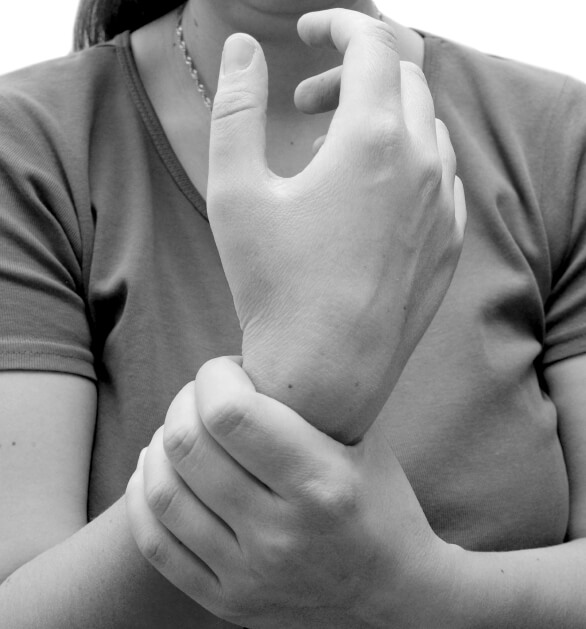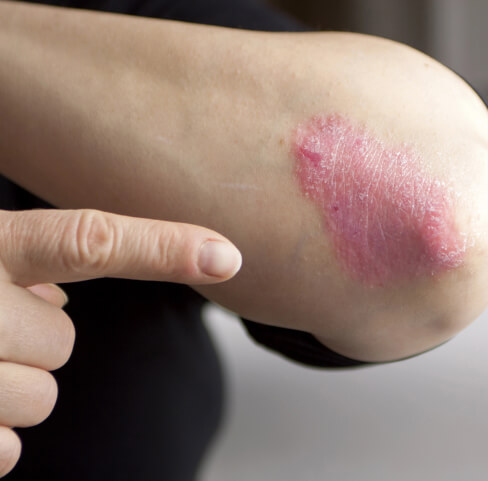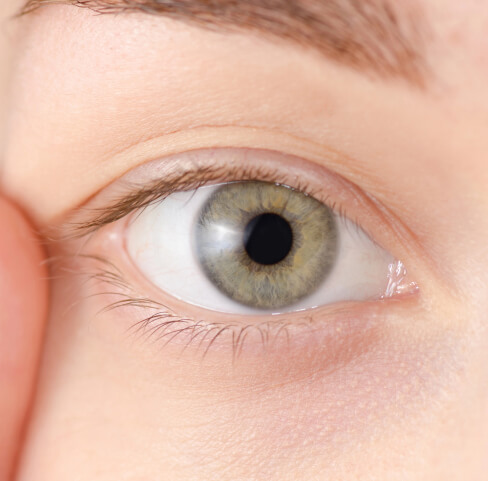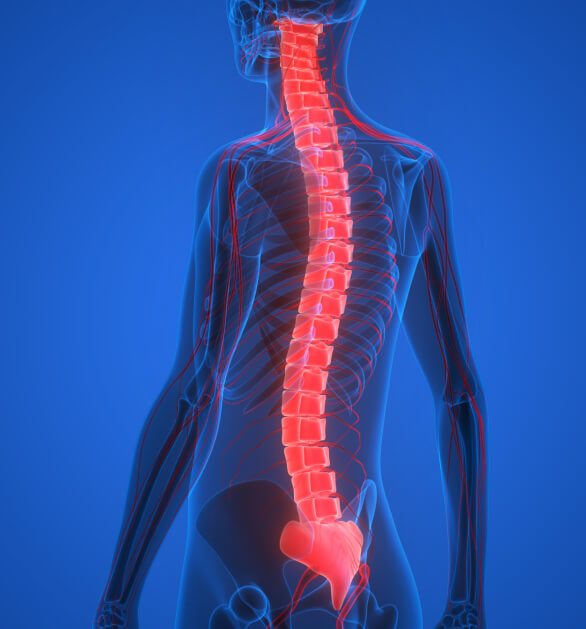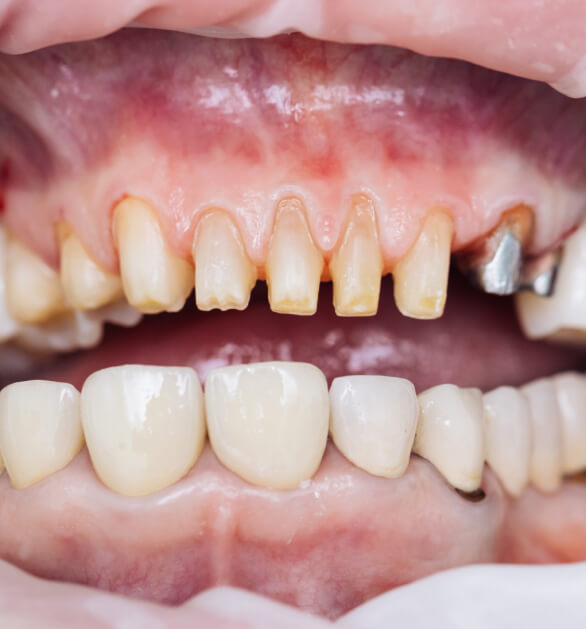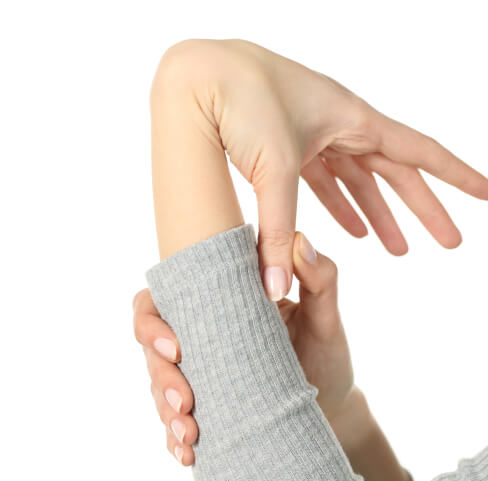
Hypermobile EDS (hEDS)
Hypermobile EDS (hEDS) is the most common type, marked by joint hypermobility. Joints move beyond the normal range, causing frequent dislocations and subluxations. People with hEDS often experience chronic joint pain and instability.
This makes everyday activities challenging and painful. Skin may be soft and slightly stretchy, but less than in other types. Fatigue and dizziness are also common in those with hEDS. There is no specific genetic marker for hEDS yet. Diagnosis is based on clinical symptoms and family history.
